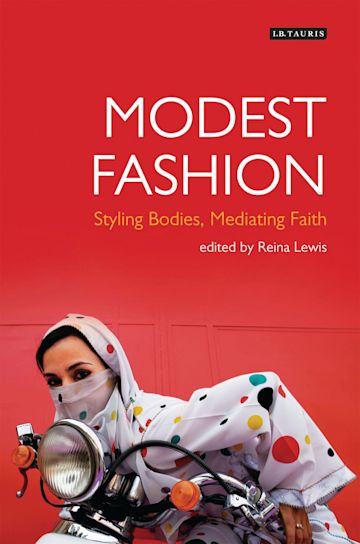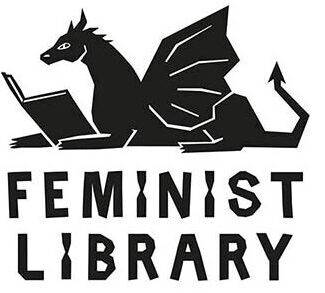Modest Fashion: Styling Bodies, Mediating Faith edited by Reina Lewis

Modest Fashion presents an interesting collection of essays by several authors discussing the
nuances of modest dressing subcultures across religions, particularly in the digital age. Opening with
a look into Islamic online fashion alongside research that navigates the religious authority of modest
fashion webstores and content creators and their popularity, the book poses as a guide into the
niches of modest dressing while always grounded in conversation with the wider implications and
issues faced community wide.
Reina Lewis’ essay, ‘Fashion Forward and Faith-tastic!’, comments the co-existing realities of modest
dressing as an emerging, diversified, overwhelmingly female-led strand of religious discourse with
the underlying issues of the digital media it manifests in; ‘modest fashion bloggers enter a new
media field characterised by an intense anxiety about visual representations of the female form and
rarely able to draw on the genealogy of fashion imagery and comment that make it so easy for the
Sartorialist’s output to cross over’. By also looking at differences in the online transmission of
religious authority between different denominations and the effects of the internet’s tendency to
fragment religious authority, Lewis shows how communication strategies of blogs have evolved and
sparked new discourses on how to express religion in everyday life.
Another essay explores the interactions between Jewish-Muslim women on the internet, where the
shared preoccupation with dressing in a visually appealing and religiously appropriate way in some
cases unites more than it divides, encouraging dialogue across faiths. Despite these interactions not
always being tension-free, the essay points out how notions of religious insularity and that dress is
seen largely as a form of boundary maintenance and social control can be unpacked through the
ideas and action that flows in online communities and forums.
Following chapters include reflections on the questions of modesty, popular opinion and religious
authority raised by denim, another pinpointing Hasidic Women’s fashion aesthetic and practice of
tzuniuth in several of Brooklyn’s Hasidic communities, and another considering the obstacles that
make discussion of modest dressing so difficult.
Modest Fashion is a attentive book that opens a window into the vast, layered world of modest
dressing, one that is often an afterthought or obscured in mainstream fashion discourse.
Review written by F. Fonseca
